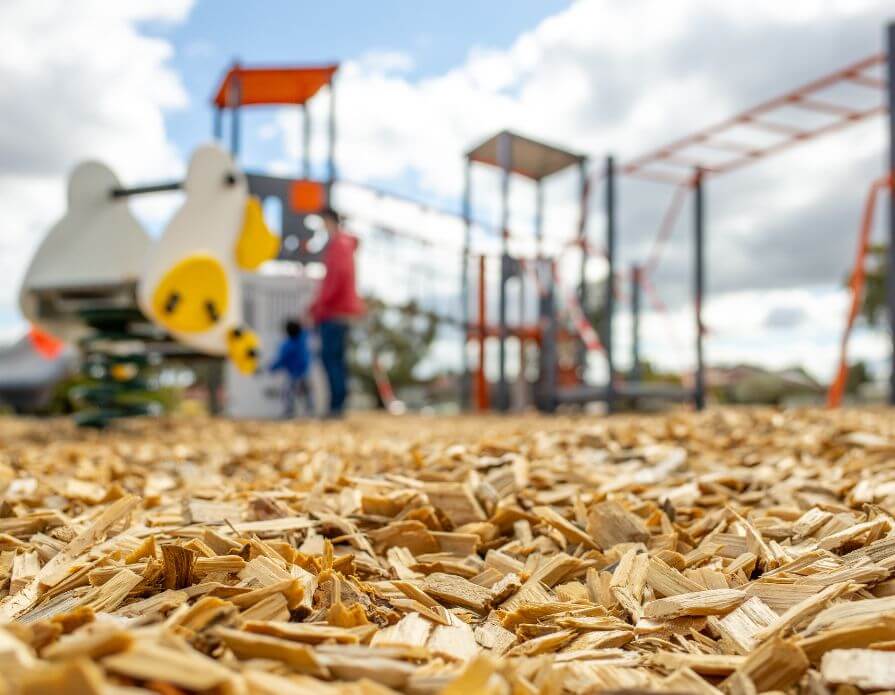Crucial Elements To Include in Your Green Playground
Green playgrounds represent more than environmental consciousness—they create healthier spaces where children can play while learning about sustainability. These eco-friendly installations reduce environmental impact, promote biodiversity, and teach young minds about conservation through hands-on play.
From selecting appropriate materials to incorporating natural elements, every decision contributes to the overall environmental impact and educational value of the playground.
Select Sustainable Playground Surfacing Options
When building a sustainable playground, consider green playground surfacing options. Traditional rubber mats often contain harmful chemicals and contribute to landfill waste. Instead, consider using recycled rubber mulch made from old tires. This option provides excellent shock absorption while giving new life to discarded materials.
Engineered wood fiber offers another sustainable alternative. This material is derived from wood processing waste and offers natural drainage. It also breaks down naturally over time, enriching the soil rather than creating waste.
Incorporate Native Plants and Natural Elements
Living elements transform playgrounds into educational ecosystems. Native plants require less water and maintenance while providing habitats for local wildlife, so incorporate them wherever possible.
You can also create designated garden areas where children can plant seeds and watch them grow. These spaces teach responsibility while connecting children to food sources and plant life cycles. Raised beds made from recycled materials make gardening accessible and fun for children of all ages.
Natural play elements, such as logs, boulders, and tree stumps, encourage creative play. These materials are less expensive than manufactured equipment while offering unique play experiences. They also weather naturally, requiring minimal maintenance over time. Be sure to remove any sharp or hazardous elements to keep the playground safe.
Design for Water Conservation
Water features add excitement to playgrounds while teaching conservation principles. Rain gardens collect stormwater runoff and filter it naturally through plants and soil. Children can observe how water moves through natural systems while reducing strain on municipal drainage systems.
Installing rain barrels near playground areas demonstrates the collection and reuse of water. These systems can water garden areas during dry periods while showing children how to conserve this precious resource.
Permeable surfaces also allow rainwater to soak into the ground rather than running off into storm drains. This approach reduces flooding risk while naturally recharging groundwater supplies.
Plan for Long-Term Maintenance
Green playgrounds require different maintenance approaches than traditional installations. Natural materials require regular inspection, but often maintain themselves through biological processes.
Creating a perfect early childhood playground means considering how the space will evolve. Plants will grow and change, materials will weather naturally, and children will adapt the space to their needs. This evolution becomes part of the educational experience.
Green playgrounds create a lasting impact on both children and communities. These spaces demonstrate that fun and environmental responsibility can coexist beautifully. By choosing sustainable materials and incorporating natural elements, we create play environments that both educate and entertain.
Start planning your green playground today. Consider which sustainable elements would work best in your space and climate. Every eco-friendly choice contributes to a healthier planet for future generations.
